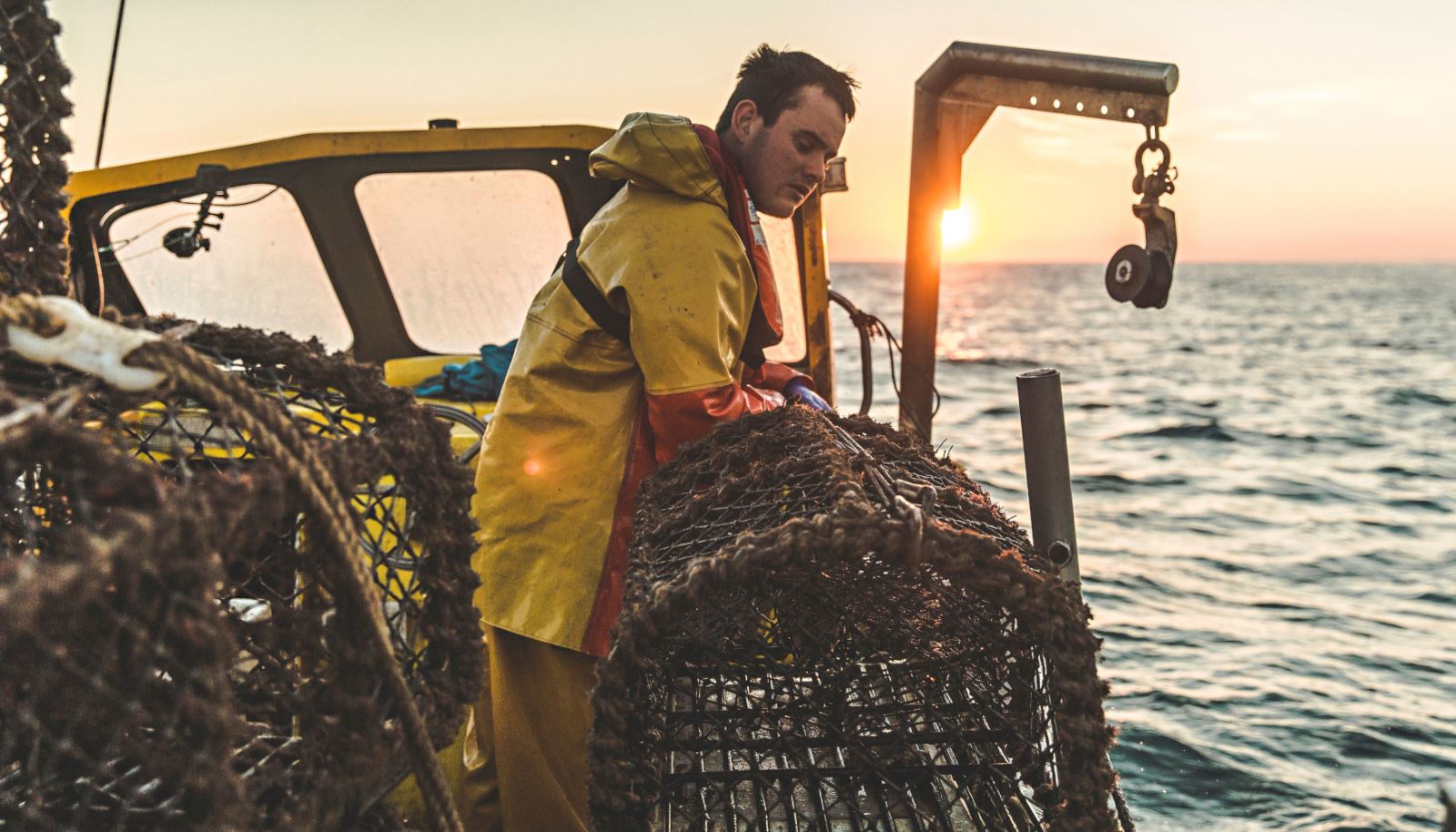To provide you with the best experience, cookies are used on this site. Learn more

To provide you with the best experience, cookies are used on this site. Learn more



You are here: Explore > North Norfolk's Area of Outstanding Natural Beauty
The north Norfolk coastline is a unique area of remarkable beauty, diversity and scientific importance and is a designated Area of Outstanding Natural Beauty (AONB). This means it is one of the UK’s most cherished and outstanding landscapes and has a legal status to ensure its preservation. The north Norfolk coastline therefore offers stunning views, wonderful wildlife and nature, beautiful beaches and coastline to enjoy.
The AONB along the north Norfolk coast, includes Hunstanton, Wells-next-the-Sea, Blakeney, Sheringham, Cromer and Mundesley. In 1968, it was inscribed in law that this stretch of the north Norfolk coast would be protected as an AONB. The 56 miles of coastline is rich in wildlife and in beauty and is only one of 46 in the country. It covers over 450 km2 of agricultural and coastal land from The Wash in the west, through coastal marshes and cliffs, all the way to the sand dunes at Winterton on the east coast. This coastal strip incorporates the finest of Norfolk’s marsh coastlands, which is of unique scientific (SSSI) and ecological value in Europe.
.jpg)
The best way to see the north Norfolk AONB, is without a car and using the coastal bus service, cycling and walking, which helps to preserve this protected landscape.The AONB not only offers beautiful views, but it's the perfect place for enjoying the outdoors, including birdwatching and walking; The Peddars Way and Norfolk Coast Path National Trail both pass through the AONB.
.jpg)
There are incredible dark skies along the AONB; perfect for star gazing. Kelling Heath and Wiveton Downs, both have Dark Sky Discovery Status, which means the area is unaffected by light pollution. Both have the highest accolade of being designated ‘two star’ sites - where the seven stars of the Orion constellation and the Milky Way are visible to the naked eye.
.jpg)
The AONB includes the traditional seaside town of Hunstanton. With its stripey cliffs and shallow tidal water, making it ideal for rock pooling, paddling and kite-surfing. Heading round the coast you will discover more magnificent beaches.
.jpg)
Wells-next-the-Sea is a charming town with harbour where you can try your hand at crabbing or head to the beach where the famous colourful beach huts can be found. The landscape here comprises tidal creeks and salt marshes from where you can also visit Stiffkey marshes.
.jpg)
A little further along the coast is Blakeney. In medieval times, Blakeney was a commercial port, until the estuary silted up. This has left a fascinating landscape of creeks and channels twisting and turning their way through the marshes, mudbanks and sand hills,
Blakeney Point Nature Reserve has the largest seal colony and you can take a boat trip there from Morston. This is the best and safest way to see this spectacular natural delight.
.jpg)
Sheringham had a thriving fishing industry (mainly whelks, crabs and lobsters) in the late 19th and early 20th centuries when the coming of the railways made it easier to transport fish to market. The railway line linking Cromer to Norwich remains open today, as the Bittern Line and North Norfolk Railway have been preserved, linking Sheringham to Holt.
.jpg)
Along the coast from Sheringham, you will find Cromer, home to the last end-of-pier theatre in Europe and the famous crabs. The coast is backed by rolling chalkland and glacial moraine, including the 90m high Cromer Ridge.
.jpg)
Continue eastwards and you'll come to the charming traditional seaside town of Mundesley, with its rich farming land. The beach is one of the cleanest in the area and there are family-friendly sands stretching for miles with a backdrop of colourful beach huts.
.jpg)
All year round, the AONB is fantastic for birdwatching. There are reserves in Titchwell, Holkham, Blakeney and Cley-next-the-Sea.
.jpg)
And you can't come to north Norfolk without trying freshly caught seafood! You'll often see the boats out catching fish, crab and lobster to sell to the local restaurants. Or you can find fishermen selling their catch at market stalls and even outside their homes, including mussels, crabs and locally grown samphire.

Explore the North Norfolk AONB




